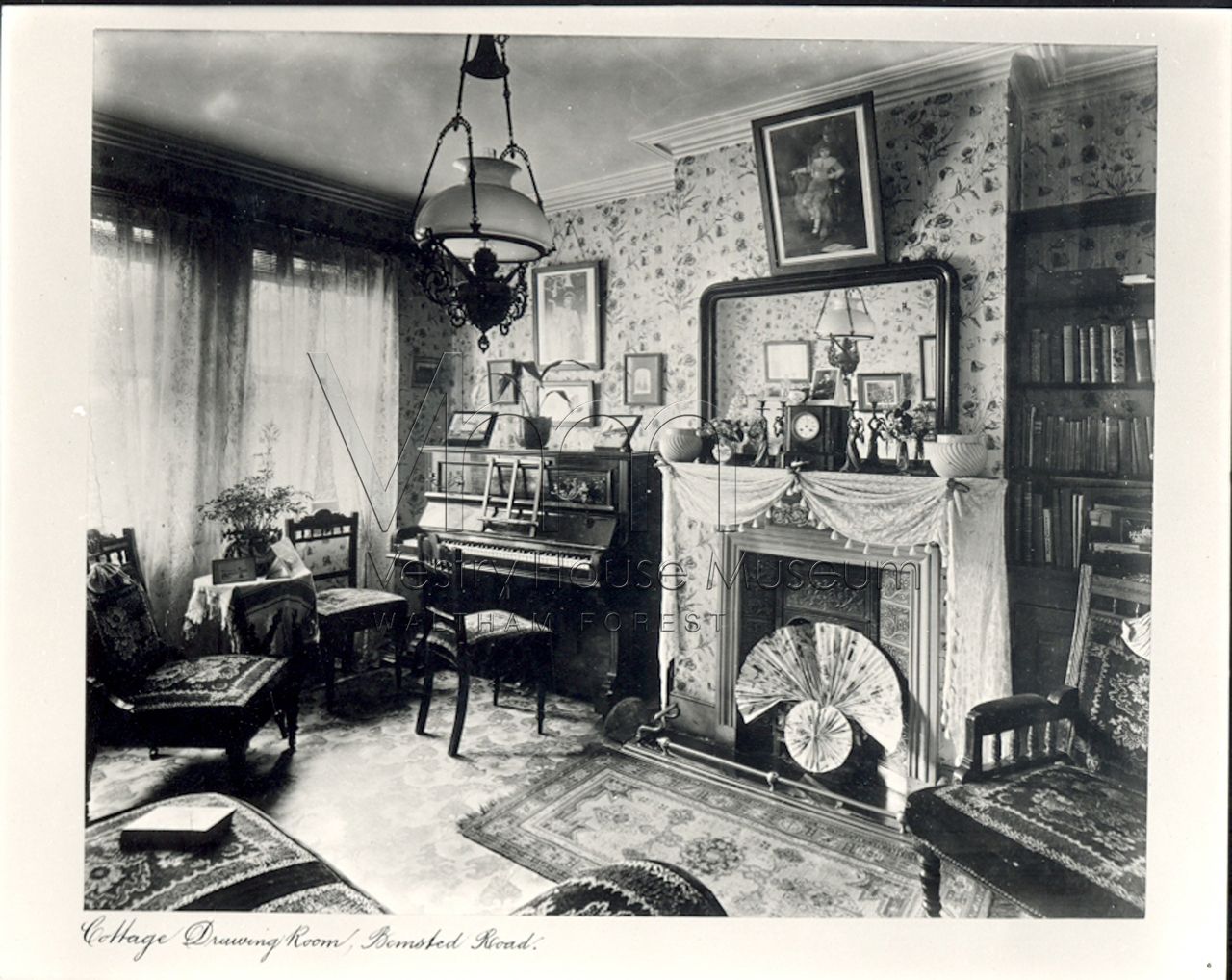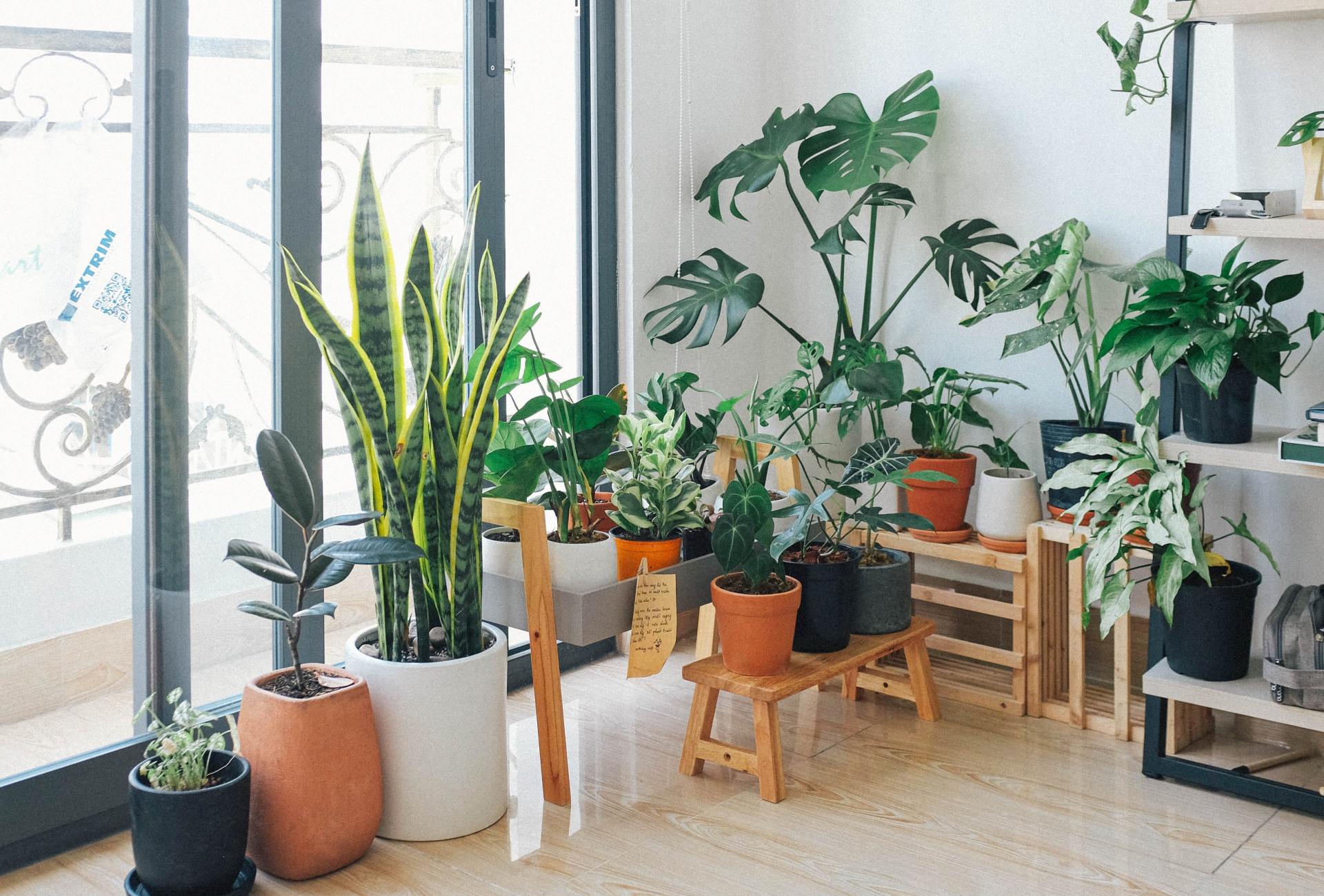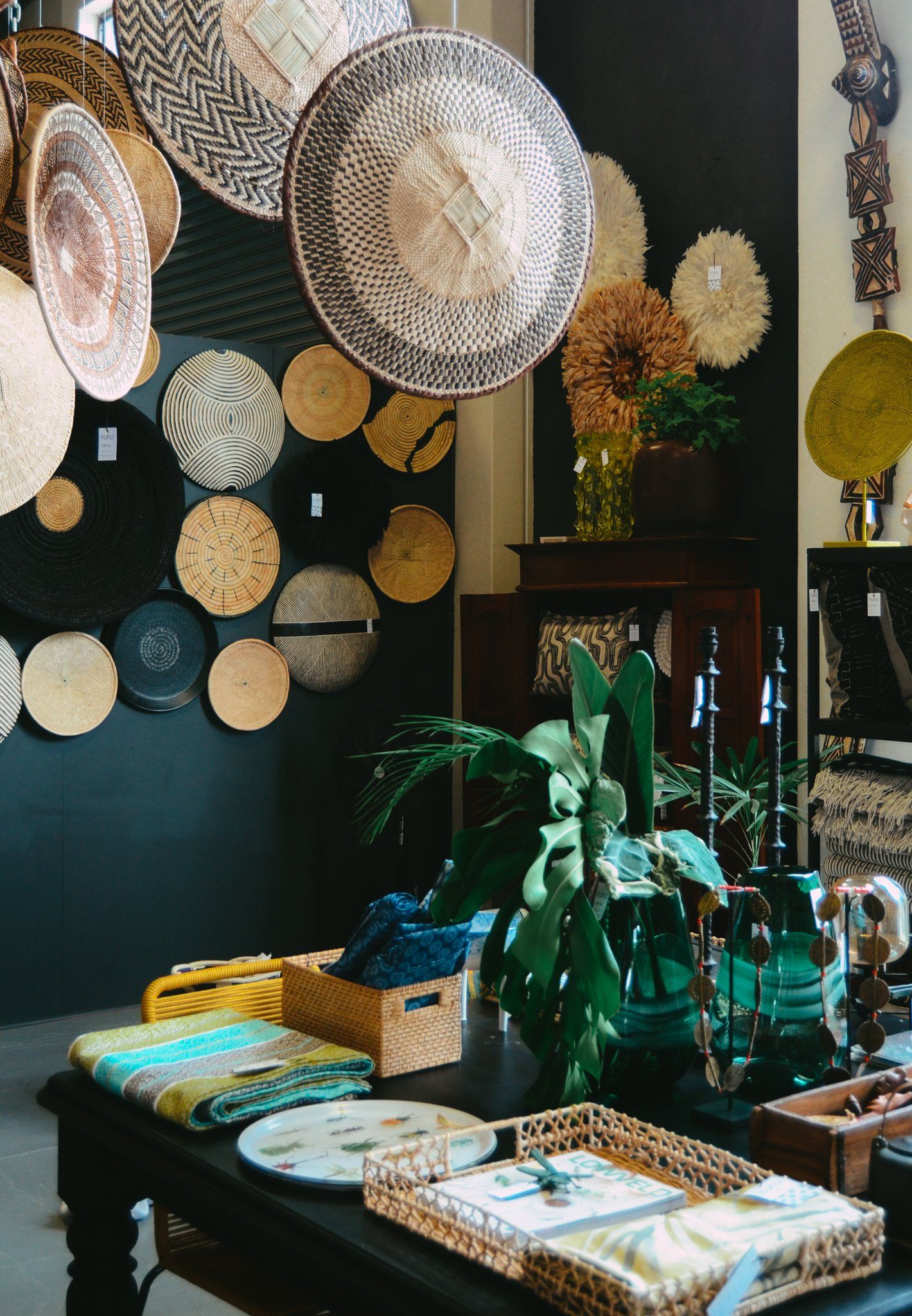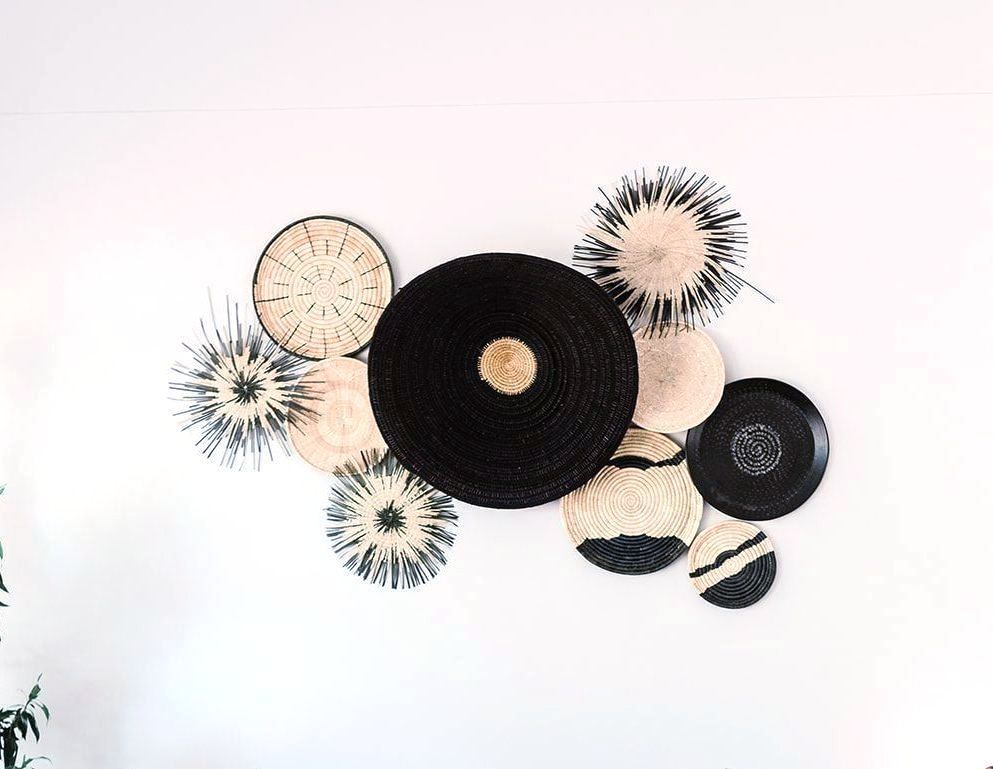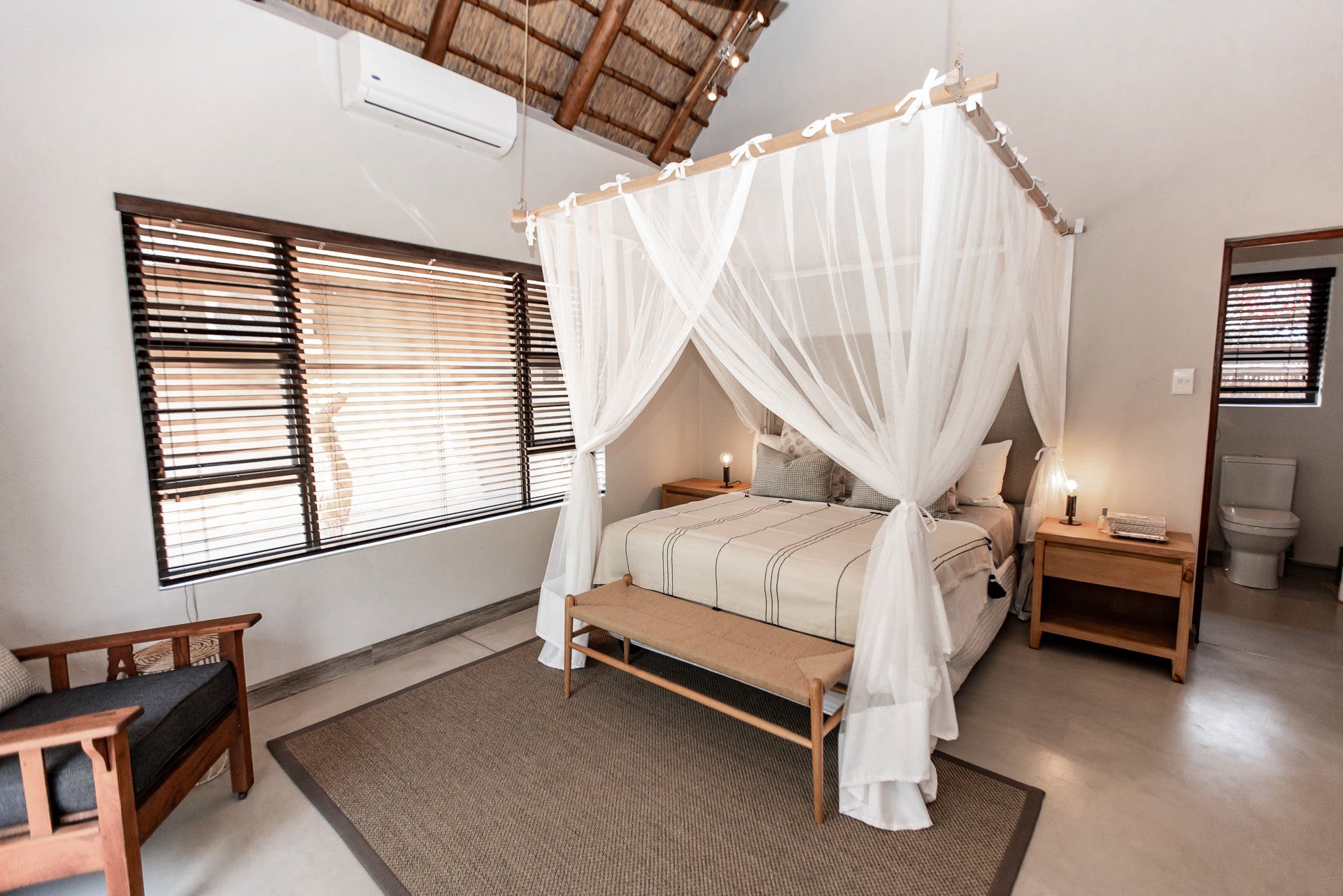Vignettes and how to create them
April 15, 2020
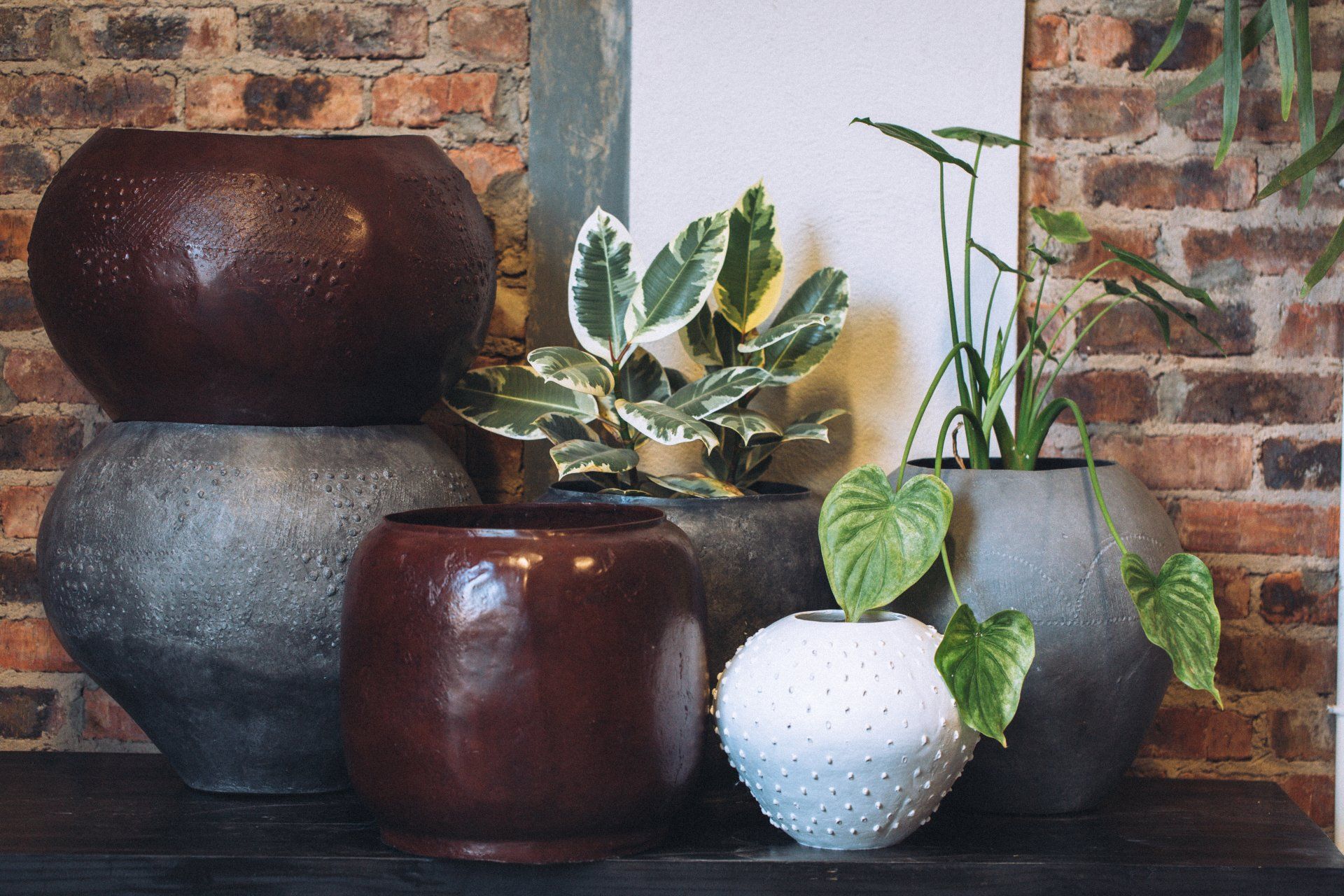
You've probably seen us drop the word "vignette" on more than one occasion in our posts and blogs, and in this very Journal... But what, exactly, is a vignette?
Well, like mayonnaise and sloppy kissing, we've got the French to thank for vignettes, at least in terms of the word's meaning. The word itself comes from the Middle French "vignete" - a form of the noun "vigne", meaning vine. As in grape vine. The English adopted the term in the mid 18th century to describe commonly used designs and illustrations that looked like vines that ran along the blank borders of pages in books, usually marking the beginning or end of a chapter.
The word was adopted in the late 19th century by authors to describe a brief, literary sketch or narrative. It was further adopted in décor terms to encapsulate a small grouping of objects telling a story, pulled together to create a focal point in a room. The Victorians and Edwardians loved their vignettes, creating table tops of photographs and keepsakes, often under light sources like candles, gas lights and, eventually, electric lamp stands. Think aspidistras and family portraits on a marble mantlepiece over a roaring fire...
Today, vignettes can be anything from carefully arranged piles of coffee table books to strategically placed "objets" and knick-knacks. And done right, they can transform an otherwise bland or uninteresting space into something really special and eye-catching.
Our showroom is full of interesting vignettes designed to give you inspiration and ideas for transforming your home. But why? What are vignettes all about? The purpose of a vignette is to add interest to a room and give you the chance to display things that mean something in cool and interesting ways. Vignettes can add character to your living and work space, and allow you to put your own personal stamp on space that is not necessarily yours (like your desk in an open plan office). Think of them as still life in 3D.
At home, vignettes can easily be pulled together to lift "dead" space and breathe new life into otherwise dull areas. Make like the Victorians and choose a light source to build your vignette around - a lamp or under an overhead light. Dark corners can be transformed by putting a lamp in place on or by a small table. Choose objects for your vignette that complement the look and feel of your space. Formal rooms beg for symmetrical arrangements, less formal spaces are perfect for asymmetrical groupings.
Pick colours that work well with your décor. Flowers work well, as do houseplants and books with colourful covers or spines. Ceramics, beaded artworks and woven baskets also work well. Find a nice tray and arrange several similarly sized objects together. Odd numbers often have the most impact and are more visually pleasing than even numbers. So threes and fives are good!
Vary the height of objects grouped together, either using pedestals (piles of books are a good idea) or objects placed on top of other objects! Find an interesting vase and fill it with cut flowers, place framed photos on either side of it, or around it. In the kitchen, mix it up - arrange salt and pepper grinders on an antique plate, or set a tea-set up on a place mate, grouping cups and saucers together.
On flat surfaces, arrange your objects to create some depth, placing taller ones at the back rather than in a straight line. Use wall mirrors to help achieve this look by leaning objects against it or placing them close to it. So a small table with a vignette placed under a wall mirror will accentuate the overall effect. And mix up your textures - shiny and bling with organic and natural.
There you have it! Vignettes explained. All you need now are lots of interesting things to create them with! We wonder where you'd find those?!! See you soon!
Share on Socials

Back in March of 2020, Bianca and Jana were dusting off their Fez’s and grabbing the pashminas out of storage in preparation to Rock the Casbah! However, as we all know and vividly remember - with March, came the eventual Covid shutdown, and instead of frolicking down the Moroccan streets, we all shut ourselves inside and watched the days tick by… 3 Years later, and now we can finally say - with conviction - that they’re going to Morocco at the start of September! This blog, filled with excitement and curiosity about all the weird and wonderful curios they might find, and endless sourcing they’ll do, stays as a reminder that sometimes plans change, things go awry and there’s not much you can do about it other than persevere - and that we did! So, here’s Bianca and Jana’s innermost thoughts about the trip, 3 years before it came to fruition, enjoy :) We've got our passports out and Jana has already picked out what she's going to wear each day… Come March [September] we'll be heading north with Air France to the Kingdom of Morocco, bright eyed and bushy tailed as we make our base in the ancient city of Marrakesh (also known as Marrakech to the French, but we're not French, so we'll go with the English version until all that fuss about Brexit is sorted out) - This turned into a year long negotiations trade, and now us outsiders would pay nearly double what we used to if we visit the UK - thankfully our flight is direct!! We'll be looking for inspiration and will be investigating what's there that we could possibly bring back to The Hoed. We can't wait to experience the atmosphere and afro-arabic influences of this amazing place as we visit the celebrated souks and off-the-beaten track artists and craftsmen that make Marrakesh so special. We're desperate to see the beautifully hand-crafted furniture, textiles, fabrics, rugs, carpets, objets d'art, accessories, lighting… anything that catches our eye and could possibly be brought back south. Berber mats and rugs are definitely on our list, as are the kind of furnishings you might find in a gorgeous Bedouin tent. If you think about it, the Bedouin refined the art of "glamping" into an artform - fabulous carpets on the ground, soft, billowing fabrics hung here and there, plump cushions spread on the ground, intricate leatherwork and carved wood, patinated metal… Total Glamping vibes! We just love all of it and will be tracking as much of it down as we can. We'll also have an eye or three out for wonderful ceramics and glassware and wonderful lamps that give off soft, filtered light. For us it's about workmanship, so we'll hopefully be finding the people who make furniture and ceramics using techniques that have been passed down over countless generations meaning that everything we look at will have its own, and its own special story. Our mission is to share those stories with you and, if it's feasible, bring some of that special workmanship home to the Rainbow Nation. We're most definitely inspired and are sure this is going to be a truly special trip! Counting the sleeps till then! Less than a month to go now - we will be keeping the updates going on our social channels as well as another few blog posts to explain in detail our wild adventures - Stay tuned!

